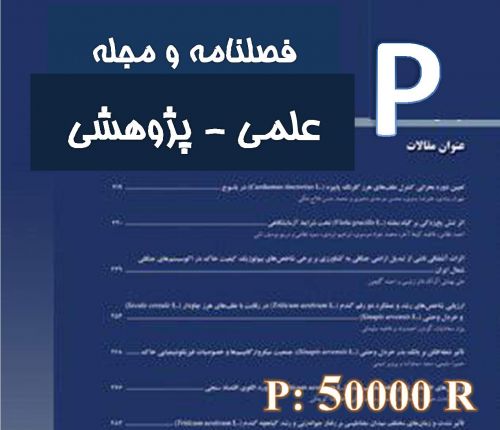Background: Waterobics is a physical exercise with very few effects on the joints, hence its attractiveness for weight loss in obese middle-aged people. Objectives: This study was intended to evaluate the body mass, body composition, and coronary risk profile in sedentary obese middle-aged women in response to exercise-related time (continuous and at intervals) in waterobics programs. Methods: This prospective experimental research was conducted in 2018. Forty women with sedentary lifestyles (mean age 50.7±4.7 years) were selected and distributed randomly into two groups: high-intensity interval training (HIIT) and moderateintensity continuous training (MICT). Both programs consisted of waterobics exercises with similar energy expenditures (1500 kcal per week), implemented over three 60-minute sessions per week for three months. Before and after the study, anthropometry, body composition, and coronary risk profile were assessed. Non-parametric Wilcoxon test was used for group comparison (before and after). Results: Before-after comparison of the parameters showed a significant decrease in body mass (-0.8 kg, P=0.04), BMI (-0.4 kg/ m2, P=0.02), fatty mass (-0.6 kg, P=0.03), and hip circumference (-4.2 cm, P=0.04) of the MICT, and a significant reduction in fat mass (-0.7 kg, P=0.03) in the HIIT. No significant differences were observed concerning the T-C, LDL-C, and HDL-C between the MICT (respectively, P=0.23; P=0.1; P=0.08) and HIIT (respectively, P=0.1; P= 0.06; P=0.14) groups. Conclusion: Waterobics programs without nutritional monitoring showed moderate effects on the body mass and body composition of sedentary obese middle-aged women. The HIIT group exhibited better, yet insignificant, results with regards to the coronary risk profile.
کلید واژگان :Body weight, Middle-aged women, Obesity, Weight loss
ارزش ریالی : 600000 ریال
با پرداخت الکترونیک
